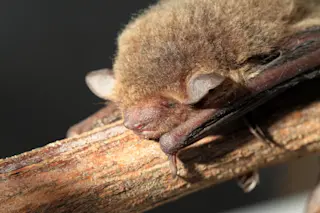You may think of your furry feline friend simply as a companion, but look closely and you will find that your whiskered pal also the ability to be a crime-fighting supercat. An team of scientists has found that fur shed by cats can serve as forensic evidence, thanks to the DNA it contains. In fact, a man was recently convicted of second-degree murder in Canada after fur found on his discarded jacket matched that of Snowball--the victim's cat. The telltale fur led to a 15-year prison sentence. Scientists say that it may soon become commonplace to use the genetic material in fur shed by cats to link perpetrators, accomplices, witnesses, and victims. As the researchers wrote in the journal
Forensic Science International: Genetics:
"Cats are fastidious groomers, and shed fur can have sufficient genetic material for trace forensic studies, allowing potential analysis of both standard short tandem repeat (STR) and ...














